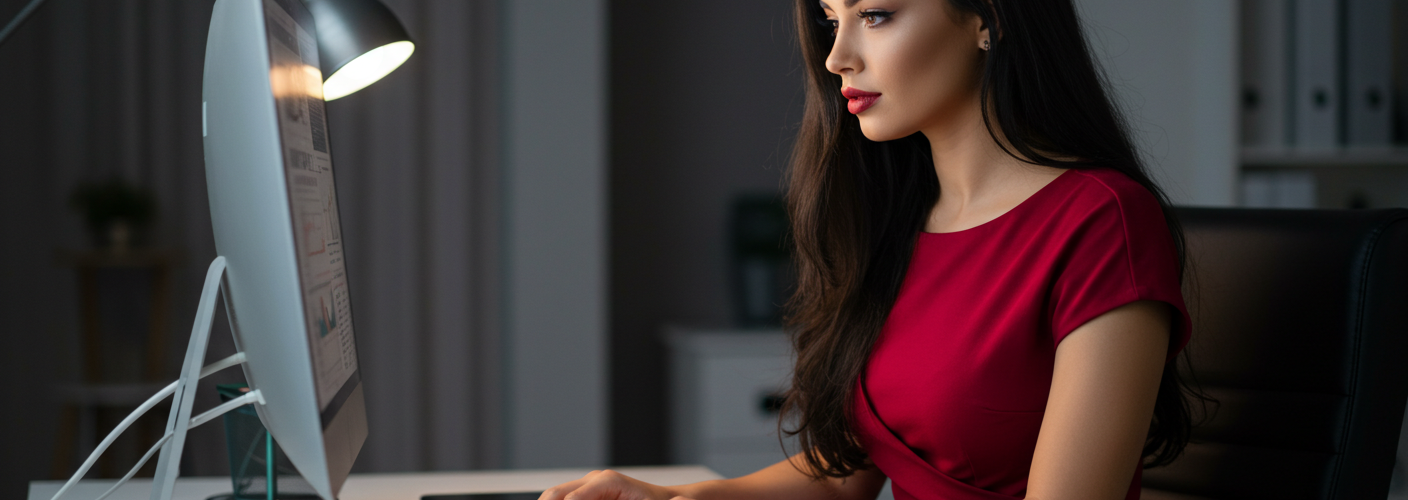When customizing your Windows desktop, the taskbar plays a significant role in shaping the overall aesthetic. Many users enjoy creating a cohesive vibe with colors, matching wallpapers, and icons to fit their style or mood. For those with a red theme, one common frustration is the default blue Windows icon in the taskbar, which can disrupt the seamless flow of color. If you’ve found yourself wondering how to change the color of the Windows icon in the taskbar to something that better matches your red vibe, you’re not alone. Fortunately, there are several steps you can take to transform the look of your taskbar icon to suit your preferences.
Firstly, it’s important to understand that the Windows operating system does not provide a native option for changing the color of the taskbar icon directly. The Windows logo, typically appearing in blue by default, is part of the overall aesthetic designed by Microsoft. However, users can achieve this customization through various methods, including using third-party software, tweaking system settings, or utilizing themes. Let’s explore some of these options in detail.
One of the most straightforward methods to modify the appearance of your Windows taskbar icon is by using a custom theme. Themes often allow for a significant degree of personalization, including changing icons, colors, sounds, and more. Many resources online provide a wealth of themes created by other users that you can easily apply. Websites such as [placeholder website for themes], offer a variety of themes that broadly include red color schemes, which might already have the taskbar icon set to a color that matches your vibe.
To change your theme, follow these steps:
- Download a theme from a website that offers Windows themes. Ensure the source is reputable to avoid any harmful software.
- Once downloaded, follow the installation instructions provided by the theme creator.
- After installing, go to your desktop, right-click, and select “Personalize.”
- Click on “Themes” and then select the new theme you’ve downloaded.
While many themes change the look of the taskbar, they might not specifically alter the Windows icon. In such cases, some users turn to icon packs that directly replace system icons with new images. The process of installing an icon pack requires a few additional steps, but can produce lasting results.
To implement an icon pack:
- Search for a red icon pack that suits your aesthetic. Many can be found on [placeholder icon pack website].
- Download the icon pack and extract its contents.
- Open the folder and find the .ico files you want to use for the Windows taskbar icon.
- You may need a program like Resource Hacker or IcoFX to modify the existing Windows icon. These programs let you replace existing icons with your new red icon.
- To replace the default Windows icon, open Resource Hacker, navigate to the appropriate file that contains the icon, and replace it with your chosen red .ico file.
- Save your changes and restart your computer or simply refresh your taskbar.
Although modifying system files can be a bit daunting, it allows for a high degree of customization. Remember to back up any original files before making changes, as restoring them later is crucial if anything goes wrong.
Another avenue involves using software designed specifically for customizing Windows interfaces. Programs like StartIsBack or Classic Shell allow users to rearrange the taskbar and start menu and apply different icon styles. These tools may come with pre-set themes or icon choices that include red icons, making your task of customization more flexible and user-friendly.
An alternative approach does not require you to modify any system files. Instead, you can juggle different Windows settings to influence the appearance. Here’s how:
- Right-click on your desktop and select “Display Settings.”
- Scroll down to “Color” and explore the “Choose your color” drop-down menu to select ‘Custom’ or ‘Dark.’
- This configuration alters the look of your taskbar and the accompanying system icons to a more compatible color scheme that might harmonize with your red vibe without needing to touch the Windows logo directly.
Another handy tip is to customize your desktop background. By finding a vibrant red wallpaper or a gradient with red shades, the blue taskbar might blend better with the overall design, making it less noticeable and allowing for an integrated appearance.
Lastly, if you’re still looking to make that bold change to the taskbar icon, consider creating your own icon with graphic design software such as Adobe Illustrator or free tools like GIMP. Creating an icon allows for the utmost personalization, matching any shade of red you desire. Once you’ve designed your icon, you’ll need to convert it into .ico format, often using online conversion tools. Once you have it ready, return to the icon replacement method previously outlined.
In conclusion, while changing the color of the Windows icon in the taskbar isn’t natively supported by Windows, several creative solutions exist. From applying new themes and icon packs to using customization software or designing your own icons, you can achieve the red vibe you desire. With a little patience and some exploration, your taskbar can perfectly complement the aesthetic you’re going for, enhancing both the beauty and functionality of your desktop environment. Happy customizing!





Add comment